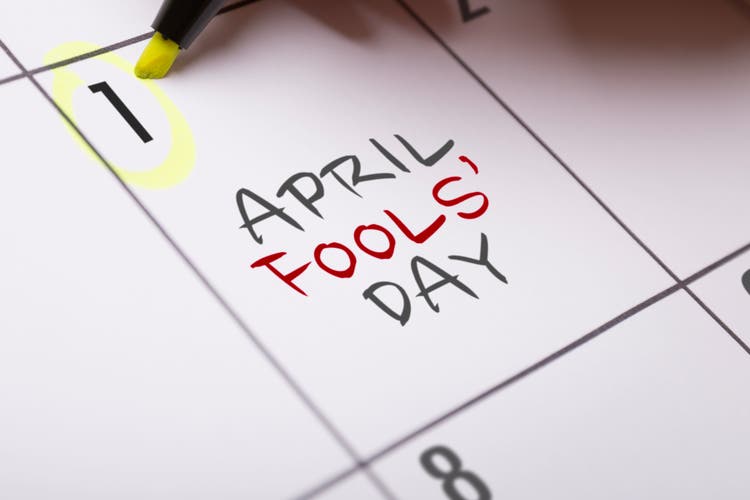April Fools’ Day: what to know about the playful day

April Fools’ Day, observed annually on April 1st, has been a tradition spanning centuries across various cultures, yet its precise beginnings elude us.
This day is marked by the playful exchange of hoaxes and practical jokes, typically followed by the exclamation of “April Fools!” to reveal the jest.
Despite its mysterious origins, the enduring popularity of April Fools’ Day is sustained by its adoption by the media and prominent brands, ensuring its continued celebration.
Origins of April Fools’ Day
Some historians suggest that April Fools’ Day traces its origins to 1582, when France transitioned from the Julian calendar to the Gregorian calendar, as mandated by the Council of Trent in 1563. In the Julian Calendar, similar to the Hindu calendar, the new year commenced with the spring equinox around April 1.
Those who were unaware of or resisted the shift to celebrating the new year on January 1, continuing their festivities from the last week of March through April 1, became the subjects of pranks and jokes, earning them the moniker “April fools.”
READ ALSO: Maundy Thursday: know how, when and why it’s observed
These jests often involved placing paper fish on their backs and referring to them as “poisson d’avril” (April fish), symbolizing both an easily caught fish and a gullible individual.
Hilaria in Ancient Rome
April Fools’ Day has been connected by historians to various ancient festivals, such as the Hilaria celebrated in ancient Rome, where people dressed up, mocked others and were inspired by Egyptian legends. Additionally, some speculate that the day’s origins may be linked to the vernal equinox when unpredictable weather tricks people in the Northern Hemisphere.
History of April Fools’ Day
During the 18th century, April Fools’ Day gained popularity across Britain. In Scotland, the tradition evolved into a two-day celebration. It commenced with “hunting the gowk,” where individuals were tricked into running errands (gowk meaning cuckoo bird, symbolizing foolishness). This was followed by Tailie Day, dedicated to playing pranks involving people’s backsides, like attaching fake tails or “kick me” signs.
April Fools’ Day Pranks
In contemporary society, the art of crafting elaborate April Fools’ Day hoaxes has reached new heights. From newspapers to radio and TV stations, even websites join in the tradition of presenting outlandish fictional claims to deceive their audiences.
READ ALSO: Valentines Day, Democracy Day… full list of public holidays Nigerians will observe in 2024
In 1957, the BBC famously reported that Swiss farmers were enjoying a bountiful spaghetti crop, complete with footage of people harvesting noodles from trees.
Then, in 1985, Sports Illustrated’s George Plimpton astonished readers with a fabricated article about Sidd Finch, a rookie pitcher who could allegedly throw a fastball exceeding 168 miles per hour.
In 1992, National Public Radio stunned the nation with a segment featuring an actor impersonating former President Richard Nixon, claiming he was running for president again—an April Fools’ Day prank that caught many off guard.
Fast-forward to 1996, Taco Bell pulled a prank by announcing its acquisition of Philadelphia’s Liberty Bell and its intention to rename it the “Taco Liberty Bell.” Two years later, Burger King stirred up confusion with its advertisement for a “Left-Handed Whopper,” leading numerous unsuspecting customers to request the nonexistent sandwich.
Not to be outdone, Google became renowned for its annual April Fools’ Day pranks, ranging from “telepathic search” to incorporating Pac-Man into Google Maps.
And for those who prefer more traditional pranks, there are timeless classics like covering the toilet seat with plastic wrap or switching the contents of sugar and salt containers.

